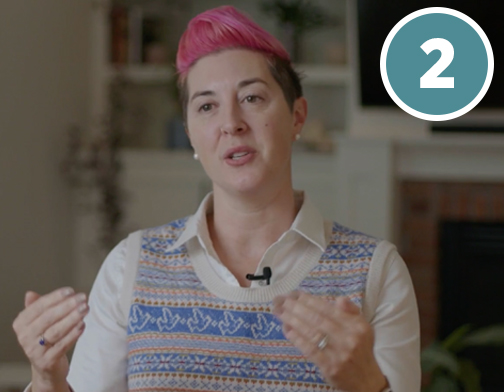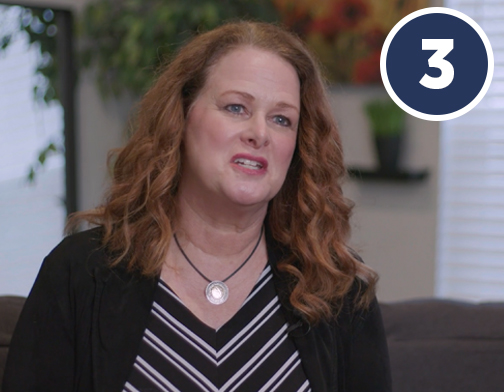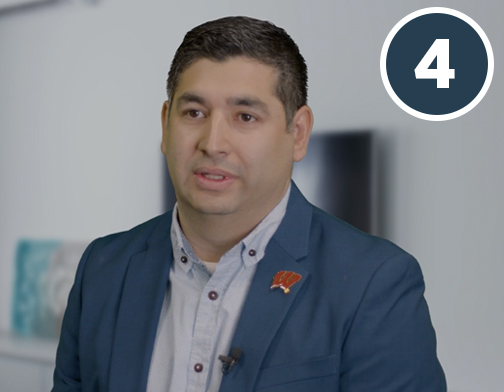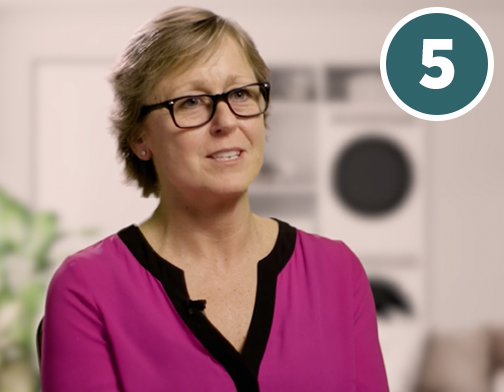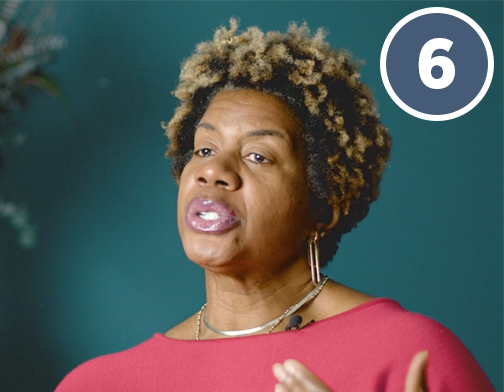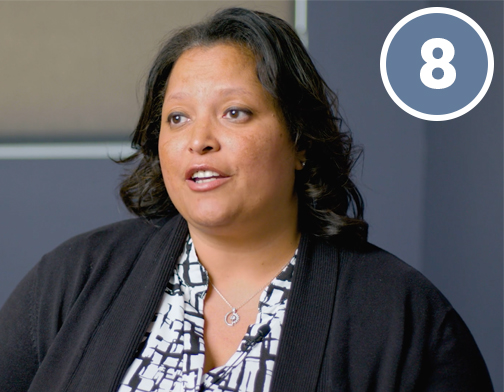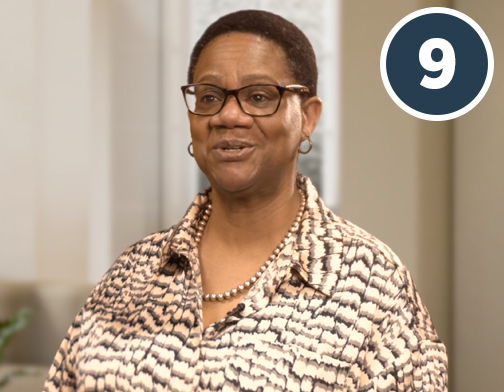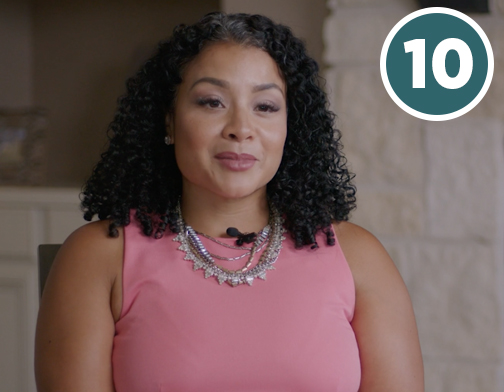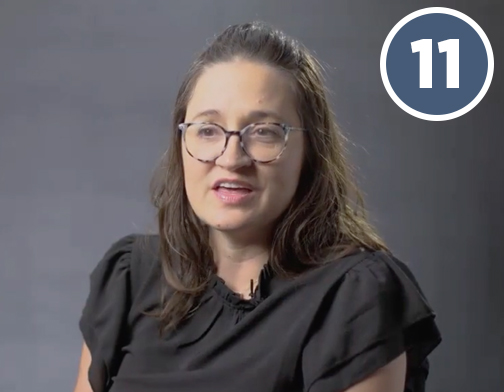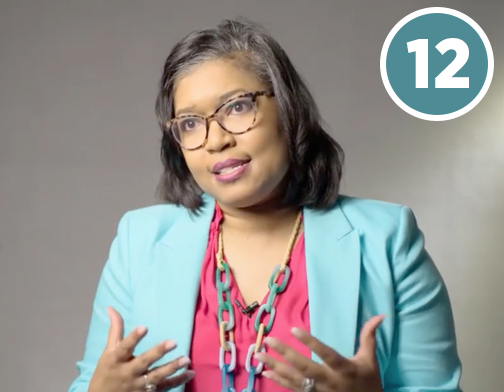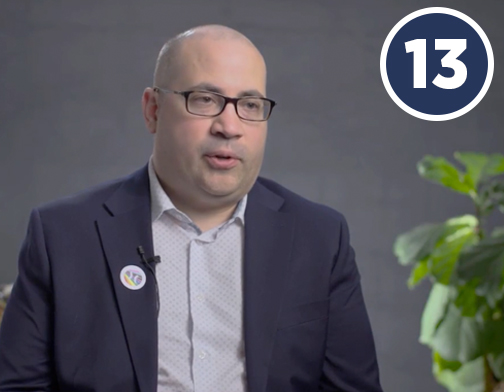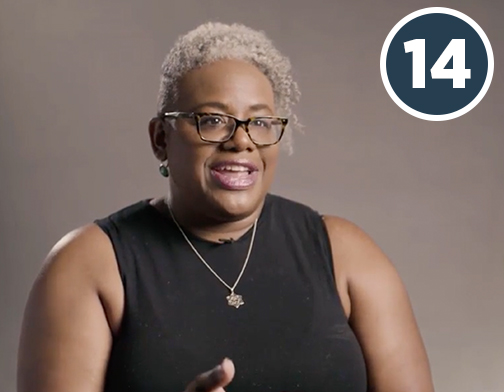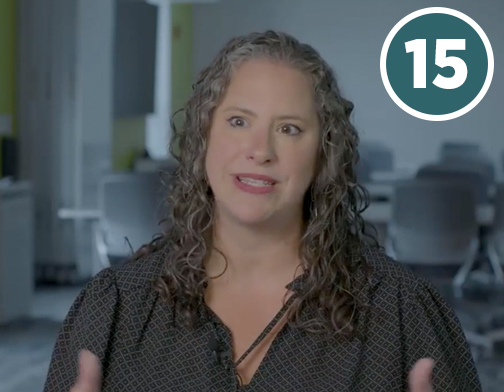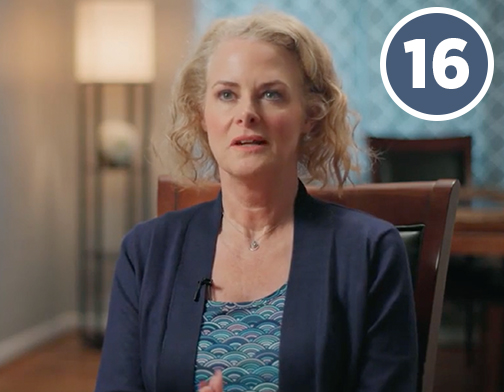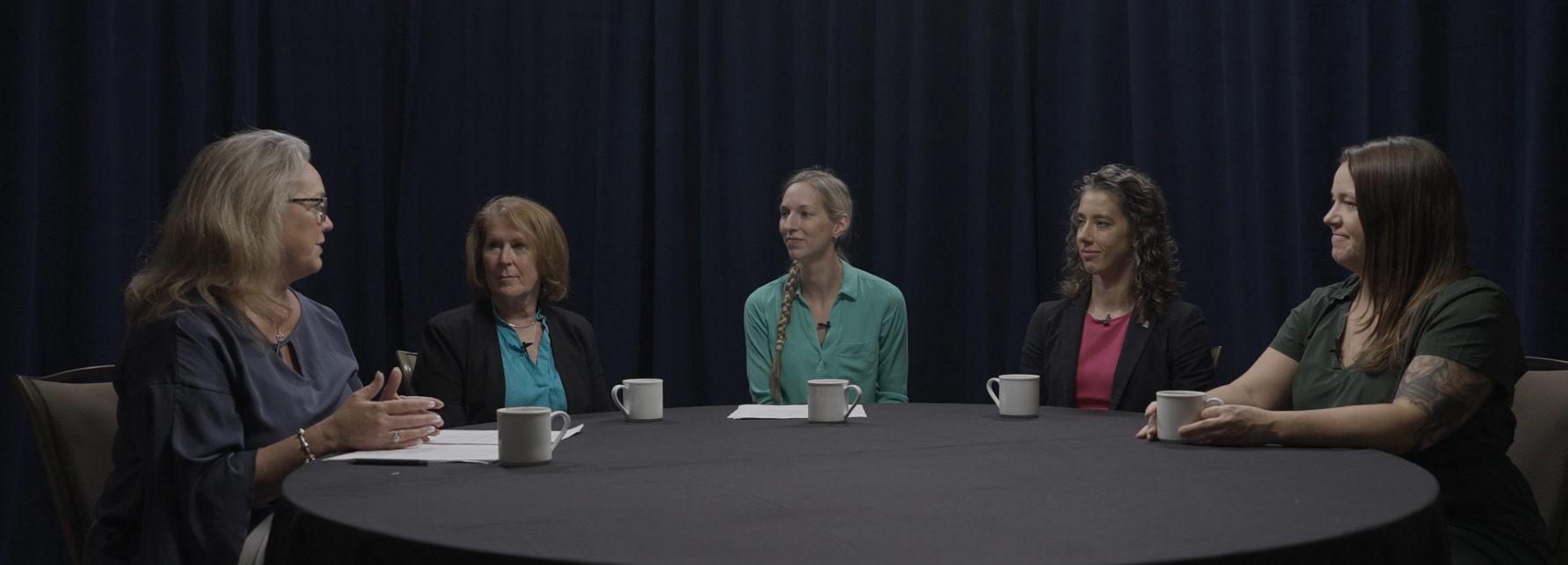
The Power of Diversity
Latonia Craig, Ed.D. (she/her)
Diversity, Equity and Inclusion (DEI) are core values that help shape, define and enrich a successful organization. Diversity asks the question, “who is in the room?” Equity responds with “who is trying to get in the room and can’t?” Inclusion asks, “is this environment safe for everyone who wants to be in the room to feel like they belong?” Diversity makes us stronger. Equity makes us better, and inclusion builds community.
This module takes a bird’s eye view of the Power of DEI.
Module Resources
Banaji, M.R. & Greenwals, A.G. (2013). Blindspot: hidden biases of good people. New York: Random House.
Elliott, J. (2016). A collar in my pocket: The blue eyes, brown eyes exercise. Scotts Valley: CreateSpace Independent Publishing Platform.
Purdue University, College of Veterinary Medicine Diversity Certificate program https://vet.purdue.edu/diversity/certificate/
Williams, B.A. (2020). Diversity in the workplace: Eye-opening interviews to jumpstart conversations about identity, privilege, and bias. Emeryville: Callisto Media.
The inclusion of resources by this author does not imply or constitute an endorsement by the American Veterinary Medical Association or the Veterinary Medical Association Executives.

